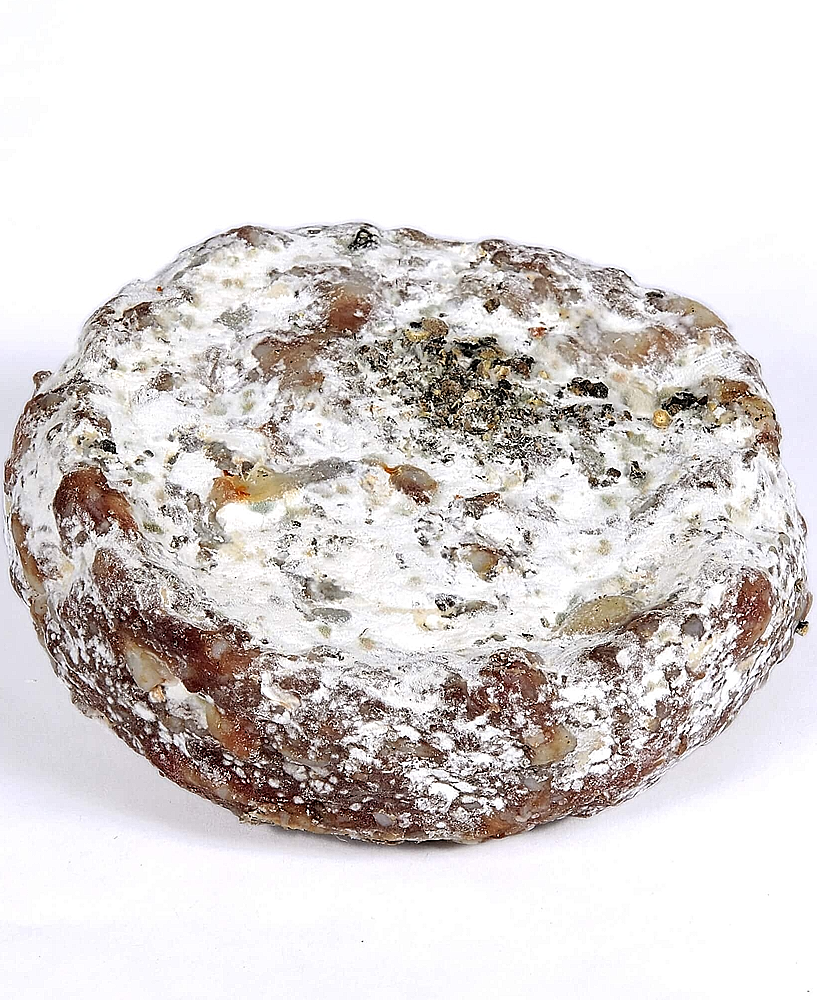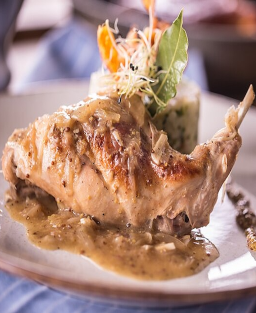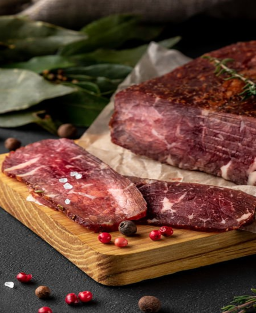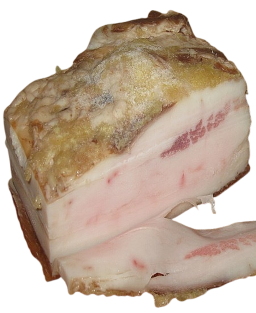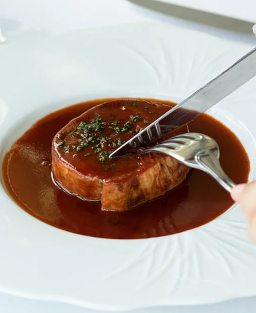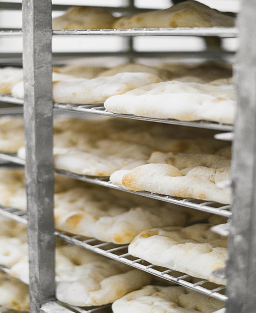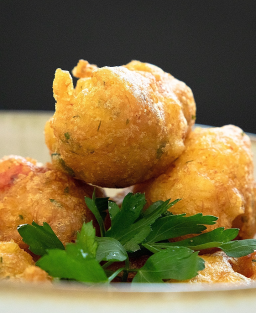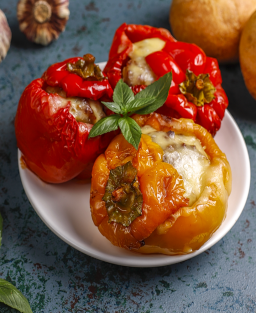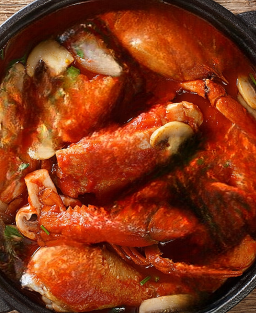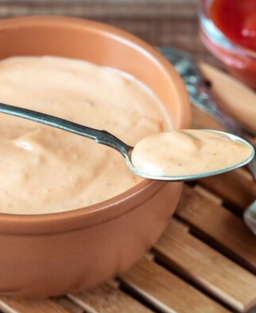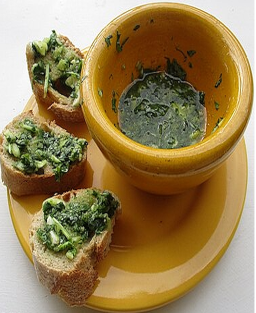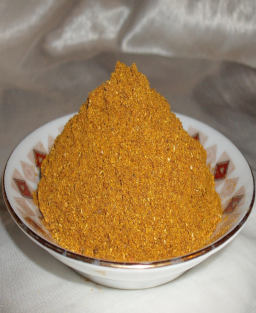- Out-of-Stock
Recipe Inspired by the Famous Basque Béret from Maison Mayté, with Basque Pork and Pepper or Espelette Chili
Recipe Inspired by the Famous Basque Béret from Maison Mayté, with Basque Pork and Pepper or Espelette Chili
The "Basque Béret," in charcuterie terms, refers to a dry sausage without casing, round and flattened, resembling the characteristic shape of the Basque beret. This artisanal specialty, emblematic of the Basque Country, originated in the early 2000s. It is sometimes seen in butcher displays in Southwestern France or presented in charcuterie competitions. Traditionally, the Basque Béret is hand-molded, flavored with pepper or Espelette chili, and crafted with a strong artisanal and symbolic spirit.
Origin, Identity, and Evolution of the Basque Béret
The Basque Béret is an artisanal charcuterie creation born in 2003 in Saint-Jean-le-Vieux, Lower Navarre, at the workshops of Maison Mayté. Its round, flattened shape without casing evokes the famous Basque headgear from which it takes its name. From the beginning, this emblematic product was conceived as a fusion of tradition, local identity, and charcuterie expertise.
The recipe logically relies on the use of Basque or regional pork, notably the Kintoa pig, a rustic breed raised outdoors and recognized by a PDO. This strong territorial origin was at the heart of a well-publicized controversy: the “sausage war,” which erupted when the Loste company marketed a competing version made with non-Basque pork, provoking a reaction from Southwestern artisans.
Originally made without additives or nitrites, the Basque Béret now exists in two forms: artisanal versions faithful to tradition, and more standardized commercial productions that sometimes include potassium nitrate, lactose, dextrose, and cultures to meet large-scale distribution preservation requirements.
Detailed Production Steps
-
Ingredients and Meat Preparation
Basic ingredients (for 1 kg of preparation):
-
800 g of noble cuts of Basque pork ham (e.g., Kintoa)
-
200 g of hard pork fat (jowl or bacon)
-
25 to 30 g of untreated fine salt
-
2 to 3 g of ground or whole black pepper
-
2 g of sugar or dextrose (optional)
-
1 g of lactic cultures (optional, depending on method)
Variants: spice or blend depending on the desired Béret type:
-
For a pepper Béret: add 1 to 2 g of crushed pepper extra
-
For an Espelette chili Béret: 2 to 3 g of PDO Espelette chili powder
-
For a tomato-basil Béret: 30 g of finely chopped dried tomatoes + 1 to 2 g dried basil
-
For a chorizo Béret: 4 to 6 g of sweet or smoked paprika + 1 to 2 g garlic powder
-
Meat and Ingredient Preparation
Meat choice: prioritize quality Basque pork, ideally the Kintoa breed, known for tenderness, flavor, and traditional free-range farming. The meat mainly comes from noble cuts, especially ham, ensuring fine and flavorful flesh.
Deboning and trimming: carefully remove all nerves, tendons, excess fat, and cartilage.
Cutting: chop the meat into large pieces suitable for grinding.
Grinding: use a medium grinder plate (~6 mm) to obtain a texture neither too fine nor too coarse.
Aromatics preparation: grate or grind black pepper, or prepare fine Espelette chili powder.
Mixing: in a large container, combine ground meat, salt (2.5 to 3%), spices, and cultures if desired.
Kneading: knead thoroughly by hand or machine to activate protein bonding and ensure cohesion without casing.
Resting: cover and refrigerate for at least 12 hours for even maturation.
-
Molding the Basque Béret
Mold preparation: use a cake ring (Ø 18 to 20 cm, height 3 to 5 cm) lined with cling film or baking paper.
Filling: carefully pack the mixture into the mold to eliminate air.
Shaping: press and smooth to obtain a well-flattened disc.
Resting:
-
If closed mold: refrigerate for 24 hours.
-
If mold without bottom: carefully unmold and allow to rest.
-
Drying and Steaming (Fermentation Phase)
Hanging: suspend on a natural net or place on a rack for good ventilation.
Conditions: 22 to 24 °C, humidity 85 to 90%.
Duration: 24 to 48 hours, monitored to avoid drying out or excessive fermentation.
Control: check for absence of unwanted molds or off-odors.
-
Aging (Maturation Phase)
Conditions: cellar or cool room (12 to 15 °C), humidity 75 to 80%.
Duration: 3 to 6 weeks depending on size and desired drying.
Maintenance: turn every 2 to 3 days to homogenize drying.
Weight loss: aim for 30 to 35% loss, a good indicator of successful aging.
Finishing: coat surface with Espelette chili, black pepper, or food-grade ash to protect and provide a rustic appearance.
Particularities and Presentation
Without casing: the mixture is molded directly, hence the importance of kneading.
Shape: flattened disc 3 to 5 cm thick, 15 to 20 cm in diameter.
Decoration: traditionally, a black element in the center (stone, whole peppercorn, or grilled lard piece) symbolizes the beret’s button.
Storage
Packaging: once aged, the Basque Béret is wrapped in breathable charcuterie paper or vacuum-sealed.
Storage: keep between 8 and 12 °C in a stable environment (humidity 75-80%).
Shelf life: several weeks of storage with progressive aroma development. Regular monitoring is recommended.











